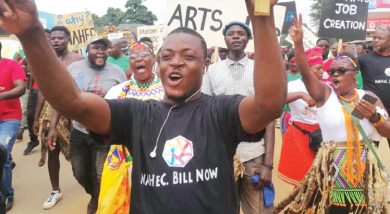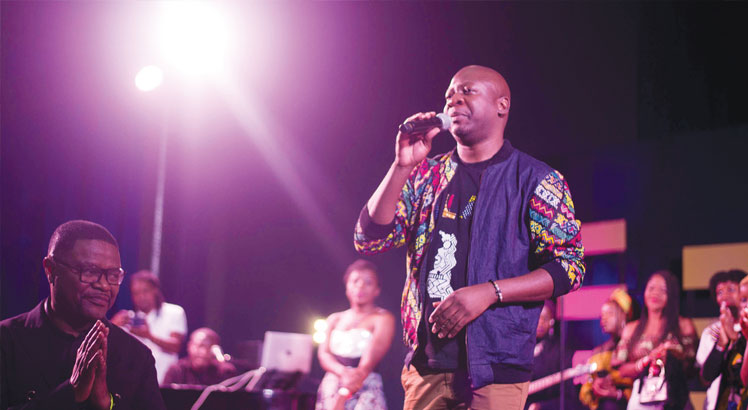Turning body into canvas

Humans have marked their bodies with tattoos for thousands of years. These permanent designs—sometimes plain, sometimes elaborate, always personal—have served as amulets, status symbols, declarations of love, signs of religious beliefs, adornments and even forms of punishment.
Joann Fletcher, research fellow in the department of archaeology at the University of York in Britain, describes the history of tattoos and their cultural significance to people around the world, from the ‘famous ‘Iceman, a 5 200-year-old frozen mummy, to today’s Maori.
In terms of tattoos on actual bodies, the earliest known examples were for a long time Egyptian and were present on several female mummies dated to 2000 B.C. But following the more recent discovery of the Iceman from the area of the Italian-Austrian border in 1991 and his tattoo patterns, this date has been pushed back a further thousand years when he was carbon-dated at around 5 200 years old.
We hear everywhere what tattoos are for. A long time ago, they were mainly for spiritual reasons, to defend against evil spirits, to accomplish certain powers, to heal nausea, or even to indicate status in a residential area.
Now, they are mainly for self-expression and vanity, even though some might still claim to possess reasons much like those of the ancestors, making tattoos far more interesting.
In Malawi, tattooing has been considered a foreign concept but in reality the phenomenon has been practised in Malawian society for several centuries. Women used to cut incision marks (mphini) on their bodies and smeared ash which was used as ink to make the marks stand out. The same procedure is being used in modern tattooing substitute the razor blade for an electronic tattoo machine and the ash for tattoo ink.
In an exclusive interview with Society, tattoo artist Jose Vieira, who co-owns tattoo Ministri ov Ink, a tattoo parlour in Limbe, Blantyre said tattoos are a form of self-expression.
“People can express themselves through these tattoos, it can be a memory, affiliation to a certain grouping either religious or tribal, it can be a form of expressing power, happiness, loss, grief, love and thoughts, nationality and beauty,” said Vieira.
Vieira narrated to Society about the loss of his father at the age of 10. And the dominant memory that he has of his father is a man covered in tattoos.
And, to find closure to his father who inked his body, young Vieira went to get his first tattoo at the age of 10.
“Getting tattooed was the only way I could gain closure, the only way I could identify with the man I admired the most, and this man had tattoos,” recalled Vieira.
Though tattooing is a mere form of expression for the people who get inked, it is an art to the body artists. Like Vieira, who remembers learning art from his uncle Albert Matthews who was a sign writer, he made his first machine from a motor of his sister’s hair dryer, money clips and Chibuku packets. All this driven by his desire to practise the art.
Vieira, who is also a radio and club DJ who goes by the monikers JJ or Slyk, said that the art form is getting a lot of recognition in Malawi as more people are coming to get inked. However, he is quick to bemoan the attitude from some people to relate tattoos to the satanic cult.
“It is very funny to see people calling someone in tattoos all sorts of names when their grandparents are also in tattoos [referring to the mphini], the only difference is the design,” said Vieira, who dismisses assertions that tattoos are the work of the devil.
“Tattoos are a form of expression and it is simply art, it is just unfortunate that the devil also loves art and he tries to use it for his gains, but he did not make art. All creativity and talent comes from God,” he says.
Vieira compares the art to a gun, saying although a gun is meant for personal security, it can turn into a weapon of assault in the wrong hands.
Just like any other industry which is gaining a following, more artists are surfacing, and although Vieira applauds the boom of body artists, he extends a word of caution to the newcomers, saying that they do not need to practise it on people’s bodies.
“The problem with tattooing is that our canvass is the human body and it is permanent so thinking you are good is not good enough, because you will mess up people’s bodies,” cautions Vieira.
Vieira says he went through several processes to refine his art ranging from making his first machine from hair dryer engine to working in a tattoo parlor in United Kingdom.





